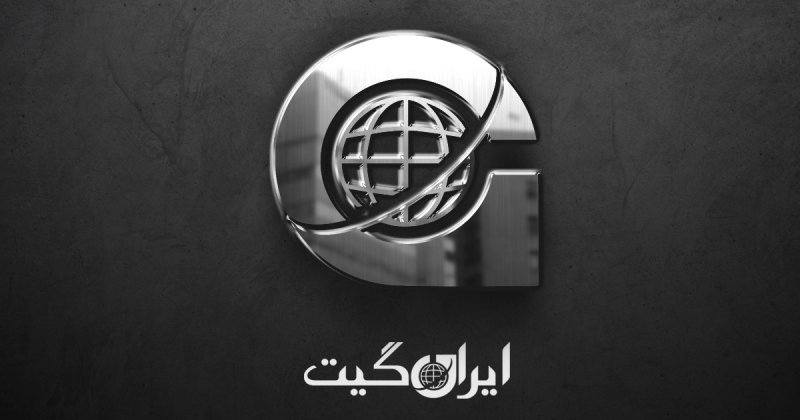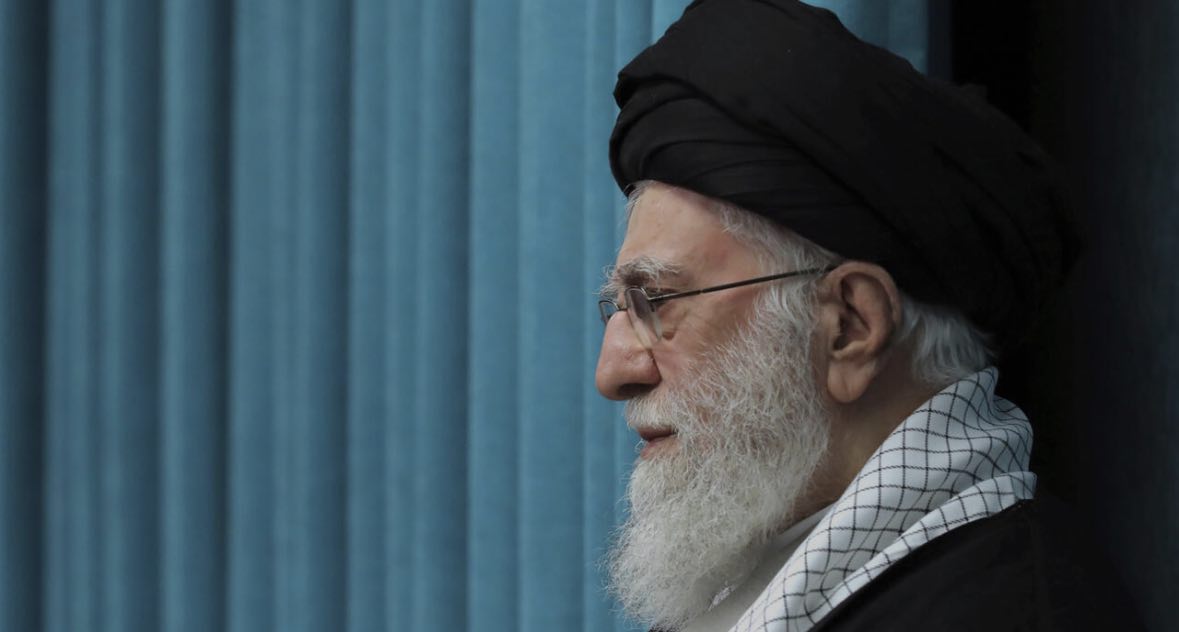Leader Against Iran After the War
Leader Against Iran After the War
Ayatollah Ali Khamenei, the Supreme Leader of the Islamic Republic of Iran, who had been stationed in a secure location since the onset of hostilities with Israel, appeared on television for the first time after the ceasefire was announced. He expressed satisfaction with the outcome of the conflicts, describing it as a kind of victory for Iran. In his speech, he claimed that Israel was almost exhausted and seriously damaged during the 12-day battle.
According to some reports, it seems he is in a completely isolated environment to ensure his personal safety and has had limited contact with the outside world. It is believed that even a significant number of senior officials of the Islamic Republic have not had direct contact with him during this period.
Despite the establishment of a fragile ceasefire brokered by U.S. President Donald Trump and the Emir of Qatar, it appears he has been advised to remain in a protected state.
Although there are reports that Trump has asked Israeli officials to avoid any direct action against the Iranian leader, Israeli Prime Minister Benjamin Netanyahu has not entirely dismissed such a scenario.
If he leaves his protected residence in the near future, he will be confronted with scenes of damage and the aftermath of the war.
He is likely to appear again through the official media of the Islamic Republic and reiterate his previous positions regarding the outcome of the conflict.
He may attempt to present a new image of his position, but at the same time, he will face new conditions and realities that could signal the beginning of a different era.
Signs of dissatisfaction are emerging among the highest levels of decision-making. During the recent conflicts, Israeli military forces managed to control a large part of Iran’s airspace in a short time and targeted a range of military infrastructures.
During this period, several senior commanders of the Islamic Revolutionary Guard Corps and the Iranian Army consecutively lost their lives.
The precise extent of the damage to the country’s defense structure has not yet been fully determined, but the continued attacks on the bases and military centers of the IRGC and the army indicate that Iran’s defensive capabilities have been significantly weakened.
For years, the development of military capacities and related institutions had absorbed a large portion of the country’s financial and human resources.
Meanwhile, Iran’s well-known nuclear program centers, which have been the main reason for extensive sanctions imposed by the United States and the international community over the past two decades, costing the economy hundreds of billions of dollars, have also suffered serious damage in these attacks.
However, a comprehensive assessment of the extent of the destruction is still not possible.
In the aftermath of these events, serious questions have been raised in public opinion and some decision-making circles, including what the ultimate goal of such extensive investment in nuclear and military projects was and what tangible achievements it has brought for the country.
A large portion of Iranian citizens consider Ayatollah Ali Khamenei, who has been the leader of the Islamic Republic since 1989, as the main factor behind the country’s tensions and confrontations with the United States and Israel. They believe this process has led to consequences such as widespread infrastructure destruction and serious harm to the people and the land.
From their perspective, he is criticized for pursuing the idea of eliminating Israel, which has been a central goal of the Islamic Republic’s policies and an objective that many Iranians do not accept.
His decision to focus on expanding nuclear capabilities, with the belief that such capability could ensure the regime’s survival, is considered by critics to be a strategic mistake.
The intensification of international sanctions in recent years has had serious effects on the country’s economy, turning one of the main players in the global oil market into a country with limited capacities and widespread economic problems.
A researcher at Harvard University says that predicting the duration of the Iranian regime’s resilience against such pressures is not easy, but evidence suggests that we might be facing the beginning of a new era.
He further states that it is likely that Ali Khamenei will be the last person to hold the title of Supreme Leader with all its current attributes.
Signs of dissatisfaction are emerging at the upper layers of Iran’s governance structure.
Amidst the recent military tensions, a semi-official Iranian news agency reported that some former senior figures of the regime have asked religious authorities and clerics who have relative independence from the current leadership to act to bring about change in the country’s leadership structure.
Ali Ansari, the founder of the Institute for Iranian Studies at St. Andrews University, says that sooner or later, the time for accountability will come.
He also emphasizes that evidence shows serious rifts have emerged at the top levels of governance, and there is a strong sense of dissatisfaction among broad sections of society.
A sense of anger is emerging.
In the past two weeks, many Iranians have experienced a mix of conflicting emotions: on one hand, a sense of duty to defend the land and the nation, and on the other, deep disgust towards the power structure. However, during this time, they did not take to the field to defend the ruling system but rather united to protect the country and support each other. Reports from inside Iran indicate a kind of empathy and solidarity forming among the people.
In many rural areas and outside urban centers, families opened their homes to citizens who had fled from bombed areas. Some vendors provided essential goods at lower prices, and many neighbors visited each other to ensure no one was in urgent need of help.
At the same time, a significant part of the society was aware that Israel might be seeking to exert pressure to change the government in Iran, a change that seems desirable to some people. However, many Iranians distinguish between a change that occurs from within the country and by the people themselves, and a transformation designed and imposed by foreign actors.
Ayatollah Ali Khamenei, who has held the leadership of the Islamic Republic for nearly four decades, is considered one of the most enduring authoritarian leaders in the contemporary world in terms of tenure.
During this period, he has exercised strict control over the country’s political space through extensive restrictions and crackdowns on dissenting voices. Most prominent figures of the opposition movements are either in detention or have been forced to leave the country.
Outside the borders, opposition groups and figures have not yet succeeded in forming a common strategy and a specific political cohesion, neither for audiences inside the country nor for Iranian diaspora communities. Even the formation of an initial structure for creating a potential alternative in the event of a power vacuum has not been realized to date.
During the recent military conflicts, which lasted about two weeks and with the increased likelihood of more severe blows to the government structure, some observers predicted that if the attacks continued, the fall of the government could be likely.
However, the prevailing assessment was that in such a scenario, the country would face a power vacuum and widespread chaos, not the emergence of a cohesive alternative force.
A researcher at Harvard University states that it does not seem likely that the Iranian government will be ousted by internal opposition forces.
The ruling structure still has extensive tools to exert power and is likely to increase security pressures to deal with potential unrest.

